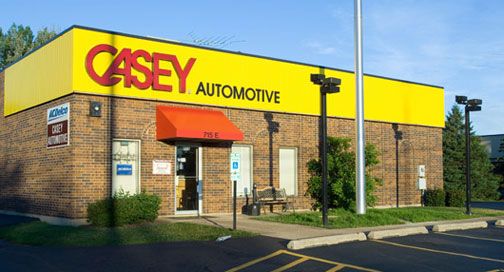
Keeping up with regular auto maintenance can save you thousands of dollars and a huge inconvenience. But routine auto maintenance and repair is more than just an oil change and a fluid flush—an inspection of your water pump and timing belt is essential, too. To learn more about maintaining your timing belt and water pump, read this article.
Timing Belt Replacement
Your auto’s timing belt is responsible for synchronizing two very important engine parts, the crank and the camshafts. Look in your owner’s manual to find out how often your car manufacturer recommends replacing your timing belt; it should be between 50,000 and 90,000 miles. Replacing your timing belt is labor intensive in most cars. For this reason, when you get your timing belt replaced, it’s a good idea to consider replacing your water pump, as well as the sprockets and tensioners, too.
Water Pump Replacement
This device is responsible for pumping coolant through your car’s cooling system. You should check your owner’s manual to see specifically how often your carmaker recommends replacement, but it’s likely that you’ll need to replace the water pump before your car between the 60,000 and 90,000 mile marks. If you see a coolant leak, notice that your water pump is making a lot of noise, or find out that there is a spill on your radiator that smells like maple syrup, head to an auto repair shop to get your water pump checked out.
Consequences of Neglecting Replacement
It’s important to replace the timing belt and water pump before either component wears out. A failed timing belt or water pump can cause your engine or transmission to fail as well, which is an extraordinarily expensive service.
If you’re worried about your timing belt or water pump approaching the end of its lifetime, head over to Casey Automotive for an inspection. We have been performing auto repair for 35 years and are happy to assist you—just call us at (866) 709-3522, visit our website, or drop by one of our three locations in Schaumburg, Hoffman Estates, or Prospect Heights.




